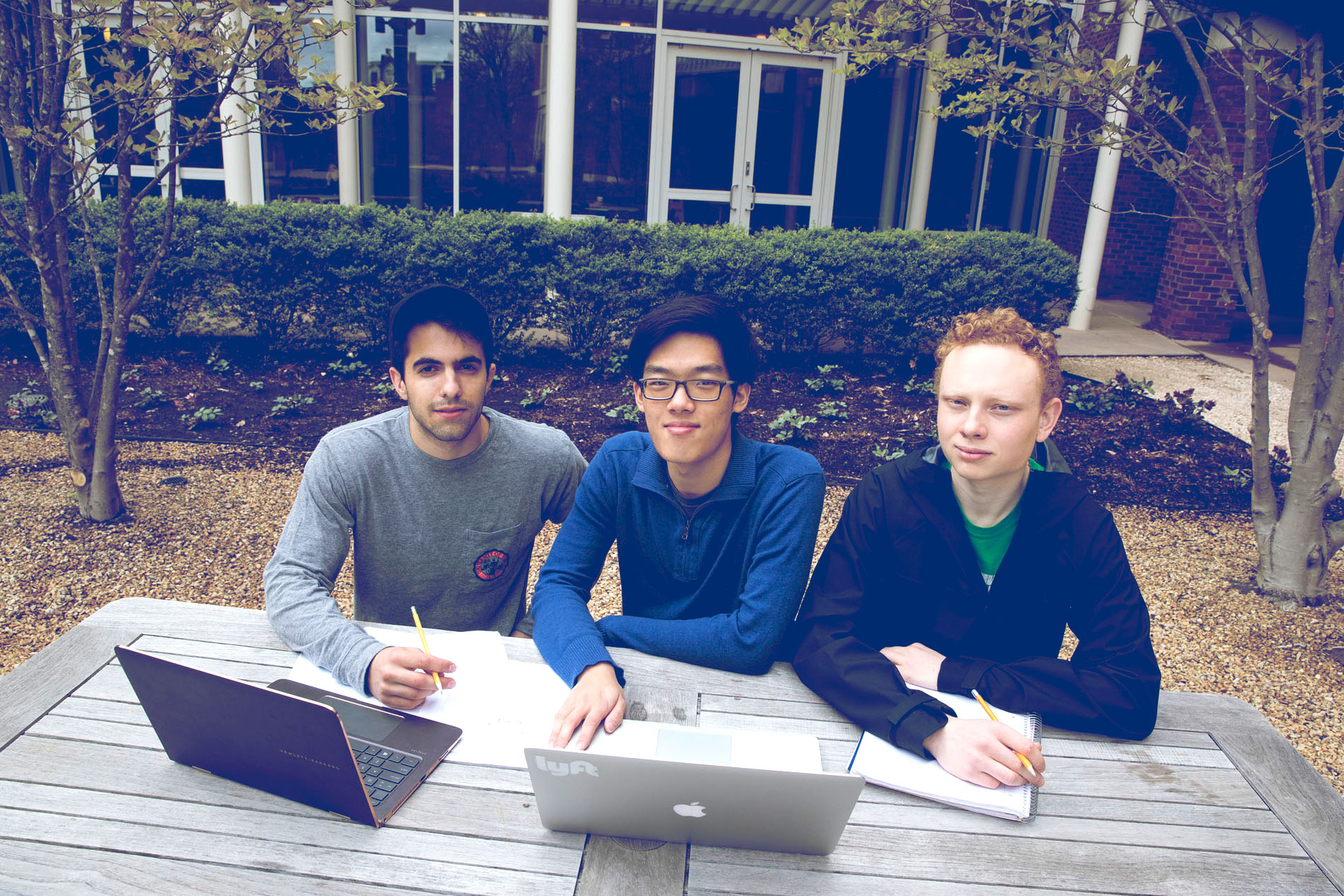Third-year University of Virginia student Kamran Pirasteh was immediately intrigued by Slack, the instant messaging software that became one of the world’s fastest-growing startups just three years after its 2014 launch.
Specifically, Pirasteh was interested in applying similar technology to the health care industry, where most hospitals still rely on pagers and landline phones to share information among doctors, nurses and technicians. Innovation in that industry – with its immense scale, privacy requirements and tremendous social impact – is a high-risk, high-reward proposition.
“I was looking for industries where a really efficient platform could make a difference, and health care is one of those industries,” the McIntire School of Commerce student said. “So many student entrepreneurs focus on consumer-facing businesses, and while those can be great, they’re going to have the same kind of impact that health care can have.”

Last spring, Pirasteh reached out to various thought leaders in health care, one of whom had written an article about the desperate need for a modern online communications platform in hospitals. He invited Pirasteh to shadow him over the summer and observe the problem.
About a year later, Pirasteh and two classmates, fourth-year commerce student Ripley Carroll and third-year commerce and computer science student James Wang, have built a software program that they believe will solve many of the issues Pirasteh witnessed.
Their platform, Tandem Medical, is a cross between a task-management system (like the project tracking software JIRA) and a messaging platform (like Slack). It is entirely role-based, meaning it immediately connects chat participants by role rather than by name or number.
Role-based communication, Pirasteh said, can solve common problems like tracking down missing blood work. Because of the variable nature of shift work, most doctors do not know which nurse or lab technician is responsible for their patient’s tests at a specific moment, and therefore waste valuable time determining who did the test and where it went.
“Anytime they need to communicate with one of those people, they have to run around the hospital to figure out who they need to contact and then typically sit on hold with the lab for 15 to 20 minutes,” Pirasteh said. “It is an extremely frustrating process.”
In fact, Carroll said, providers typically spend about 20 percent of their day just trying to get in touch with people.
With Tandem’s software, a doctor looking for test results would simply open the web or smartphone app and find or create a task for a particular patient. They would immediately be put into a chat room with the patient’s current nurse, doctor and the technician responsible for the patient’s tests. The team could chat virtually without being tethered to a landline phone or having to track each other down, reducing interruptions while improving efficiency while saving valuable time for providers and patients.
Wang and a small team of student developers, including fourth-year student John Herman and second-year student Charlie Wu, worked up to 80 hours per week creating the software, while Pirasteh and Carroll have reached out to hospitals, alumni mentors and health care companies.
“The outpouring of support within UVA and beyond has been incredible,” Pirasteh said. “Health care professionals and CEOs are willing to get on calls with us because we are students, and walk us through the steps we need to take to get past obstacles we might face.”
Their software complies with the Health Insurance Portability and Accountability Act, which outlines privacy requirements for data encryption and access. Wang is also integrating the software with Electronic Health Records, the systems hospitals use to digitally record patient information.
“We have made a ton of progress within the four months we have been developing the software,” Wang said. “We now have a live version that complies with HIPAA and a very nice interface with role-based communication already built in.”
The team is already bringing in doctors and nurses to test the software, and this summer they plan to pilot the program at one of the hospitals that they have been working with. After that, Wang and Pirasteh will continue working on Tandem Medical during their fourth years, while Carroll, who has accepted a job with a venture capital firm focusing on health care technology, will remain involved during his off hours.
All three believe that they are working on one of the biggest problems that their generation could solve.
“The general consensus in the industry is that communications is one of the biggest unsolved problems,” Carroll said.
“If you picture the health care industry in 20 years, providers are not still going to be using pagers,” Pirasteh agreed. “The question is, who is going to step up and build the solution that fills the void?”
Media Contact
Article Information
April 4, 2017
/content/student-entrepreneurs-take-health-cares-biggest-headache-communication

